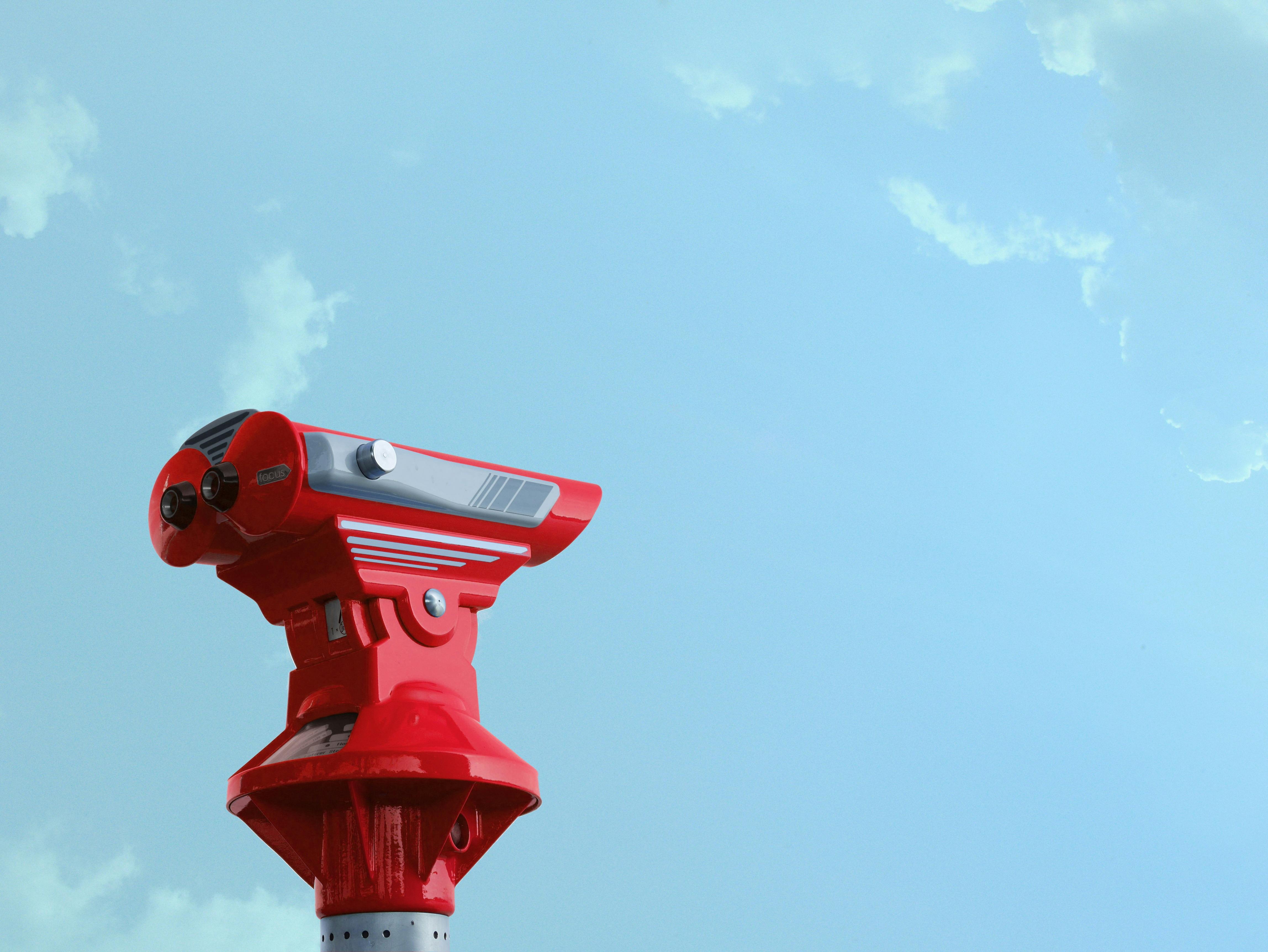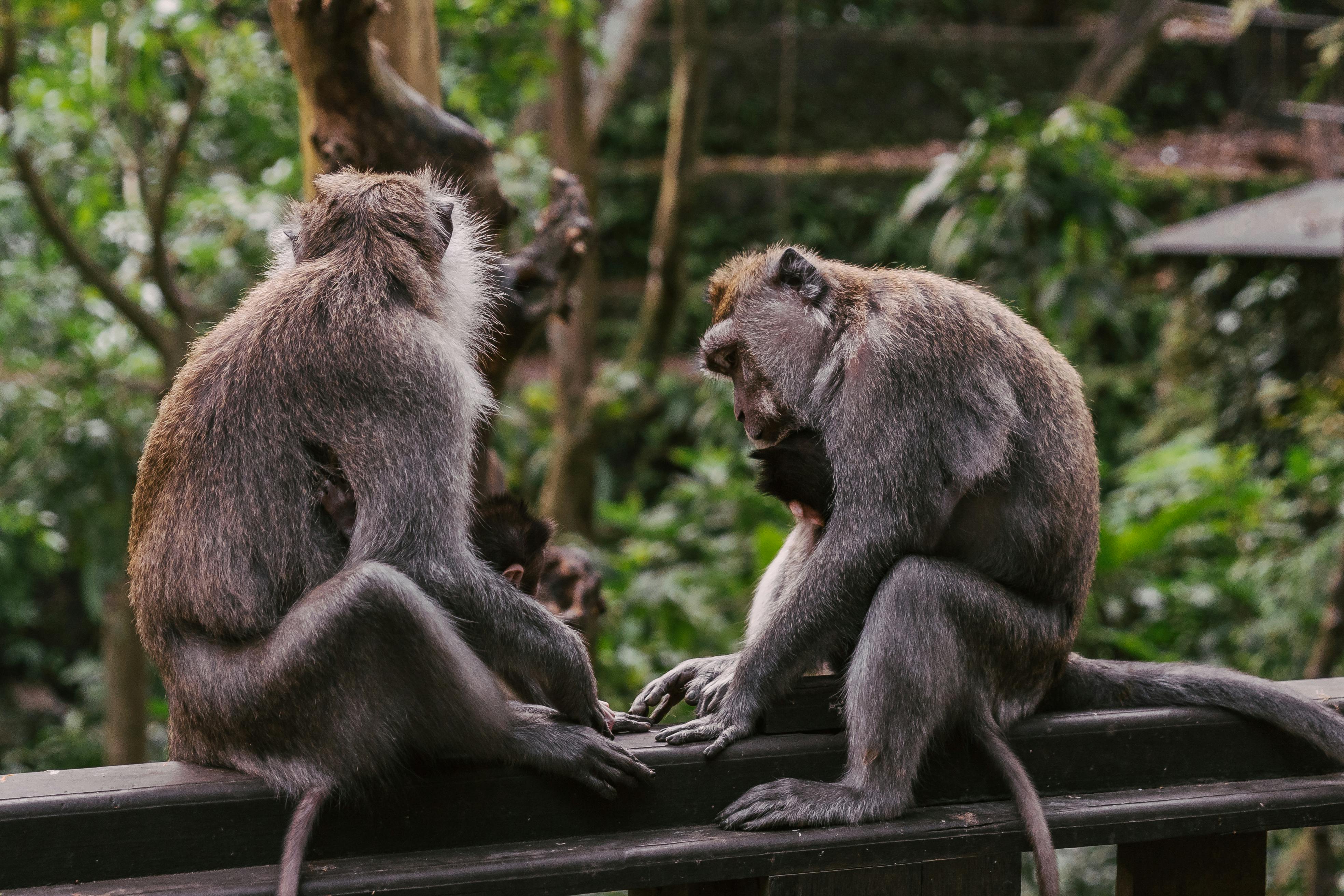· Documentation · 3 min read
Exploring Explorative Observation in Behavioral Research
Explorative observation serves as a vital tool in behavioral research, allowing researchers to uncover patterns and insights. This blog post explores how explorative observation is conducted and showcases Mangold International's solutions to enhance this research modality.

Exploring Explorative Observation in Behavioral Research
In the realm of behavioral research, explorative observation stands out as a pivotal method for uncovering complex behavioral patterns and dynamics. Rather than beginning with strict hypotheses, this method embraces flexibility, enabling researchers to immerse themselves in the environment and discover unanticipated patterns of behavior. Explorative observation is particularly useful in settings where rigidity could constrain insights, such as in early-stage research or when investigating uncharted territories of human behavior.
Understanding Explorative Observation
Explorative observation is a qualitative approach that allows researchers to collect data without the bounds of preset hypotheses or structured instruments. It serves as an invaluable tool at the initial stages of research to generate dynamic insights and inform the direction of subsequent research phases. This approach offers several advantages:
- Discovery-Focused: It allows researchers to observe and paint a detailed picture of natural behaviors and interactions, encouraging the discovery of novel phenomena and hypotheses.
- Holistic Insight: By observing individuals within their natural environments, researchers can better understand the contextual factors influencing behavior, enhancing ecological validity.
- Adaptive Process: It facilitates an iterative process of observation, reflection, and refinement, enabling a deeper understanding every time new patterns emerge.
Applying Explorative Observation
When conducting explorative observations, several techniques can be adopted to maximize efficiency and insight:
- Participant Observation: Engage with participants naturally and collect data by becoming part of the environment. This method helps build rapport and elicit authentic behaviors.
- Field Notes and Journals: Maintain comprehensive notes that capture not only behaviors but also situational and environmental factors influencing these behaviors.
- Repeated Observations: Multiple rounds of observations aid in verifying findings and capturing variations across different contexts or time periods.
Challenges and Considerations
While explorative observation provides robust insights, researchers face specific challenges, such as maintaining objectivity and managing large volumes of qualitative data. The potential for observational bias is ever-present, emphasizing the need for rigorous training and reflexivity in research teams.
Enhancing Observation with Mangold International’s Solutions
Mangold International offers a suite of tools that empower researchers to overcome the inherent challenges of explorative observation:
Mangold INTERACT Software
A cornerstone for behavioral research, Mangold INTERACT software offers an extensive array of features that facilitate the detailed analysis of multimedia files. It is specifically designed to improve data coding and analysis processes:
- Precision in Analysis: Time-precise logging of events enables detailed temporal analysis of behaviors.
- Comprehensive Sampling Techniques: Supports multiple methodologies such as event, time, and ad libitum sampling, allowing for a flexible approach tailored to various research needs.
- Real-time Visualization: Provides instantaneous feedback through robust visualization modules to quickly identify trends and patterns.
Mangold Observation Studio
Mangold Observation Studio is ideal for conducting complex multimodal research by capturing synchronized audiovisual and physiological data. Its intuitive interface simplifies data collection and analysis:
- Synchronized Data Streams: Integrates different data types, allowing researchers to correlate physiological responses with observed behaviors in real-time.
- User-Friendly Interface: Designed for ease of use, reducing the technical burden and enabling researchers to focus on behavioral insights.
Portable Observation Labs
Mangold’s Portable Video Observation Labs offer unparalleled flexibility for field research, supporting observations in diverse settings, from schools to homes:
- Versatile Setup: Easily set up anywhere, providing researchers the flexibility to conduct observations in naturalistic settings without compromising on data quality.
- Time Efficiency: Quick setup and portability make it ideal for dynamic research environments where time constraints are critical.
Conclusion
Explorative observation is an essential approach in behavioral research, providing rich, context-sensitive data that is invaluable for hypothesis generation and early-stage research. By integrating cutting-edge solutions from Mangold International, researchers can enhance their explorative observations, reducing the constraints of traditional methods and unlocking deeper insights into human behavior. These tools empower researchers to conduct more precise, adaptive, and robust studies, paving the way for significant breakthroughs in understanding complex behaviors.



